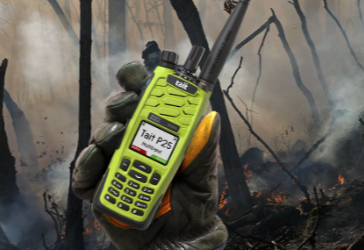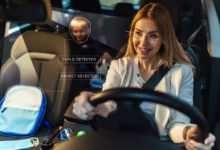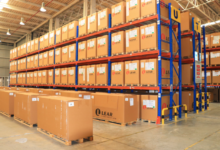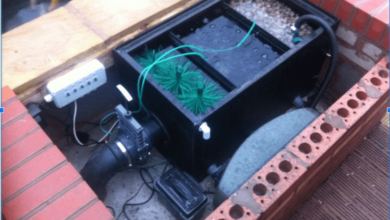Life-Saving Improvements to P25 Radios Also Improve Productivity

The federal government about a decade ago undertook regulatory improvements to the standard push-to-talk (PTT) radio used by first responders and others. The new regulations require upgrading the radio systems used to improve communications and productivity in areas where traditional radio signals are very weak or non-existent. Subterranean and desolate desert areas are two examples of locations where radio signals often can’t reach but a P25 system will function properly.
The improvements in P25 radio systems enabled effective real-time communications using traditional radio sets. Now that the P25 radios are in place, it’s time to improve them with better mobile communications for greater communications. Enhancing the radio signals and enabling them to reach where they could not in the past makes improving the P25 systems a sound investment that could save lives while increasing productivity in fields that require radio communications, such as trucking.
Repeating systems extend the range
Virtually all first-responder organizations now use repeater systems that make it possible to send and receive radio signals in real-time in locations that normally would not support radio communications. Such portable radio network systems greatly improve the ability to communicate in real-time using signal relays and repeaters to take a portable radio system underground or out into desolate areas and stay in contact. It also can save lives when people are injured and require immediate medical attention.
Whether the situation might be out in the cold, mountainous wilderness, a desolate desert area, or maybe someone falling into a subterranean area, a portable radio system helps search teams and first responders to reach them and radio for help as needed. With an extended range, P25 systems have helped more people survive otherwise deadly situations. Improving the current P25 radio systems could do even more to help rescue people, make long trips through desolate spaces less intimidating, and improve productivity.
Simplicity enables the effective use of P25 radio systems
While P25 radio systems are significant improvements over traditional broadcast radio systems, they remain as simple to use as before. The upgraded systems retain their PTT functionality, so users just need to push a button to talk and let go of it when they want to receive it. It’s a very simple system that has worked well with CB radios, ham radios, and walkie-talkies for many decades.
The general design of the PTT radio system has been around for as long as radio communications have existed. The design is an excellent one that enables left- or right-handed use and is very intuitive. Even a child can figure out how to use the handset and talk over the radio. The handset is attached to the portable radio unit with a cable and makes it very simple to reach, talk, and replace the handset when done communicating. While it’s hard to improve on such a proven design and system, technology has done so by extending the range of portable radio systems.
Read more: How to Keep Your Kidneys Healthy?
Digitization extends the range of portable radio networks
The big improvement to radio systems is the recent advent of digital radio communications. Instead of relying solely on a transmitter and signal repeaters to extend range, digitization enables radio over internet protocol (RoIP), which makes the radio systems more portable and more effective. They also make them more reliable by using cloud-based internet service providers to send and receive radio communications virtually anywhere.
The way in which a RoIP system works is relatively simple. It starts with a traditional radio broadcast from a handset that is converted into a digital packet. The digital packet travels at light speed across the internet until it reaches the receiver, which converts the digital communication back into a radio signal that the receiver can hear very clearly. There’s no static or interference to degrade the signal quality.
The radio broadcasts are clear and concise, which enables more effective communications in real-time. The digitized format for portable radio systems also enables multiple types of internet services to support communications. Many internet service providers now use satellites to enable online communications virtually anywhere a satellite can support it. More satellites are put into near-Earth orbit every year, so the satellites are enabling internet connectivity anywhere that cloud-based systems or wired networks will not.






